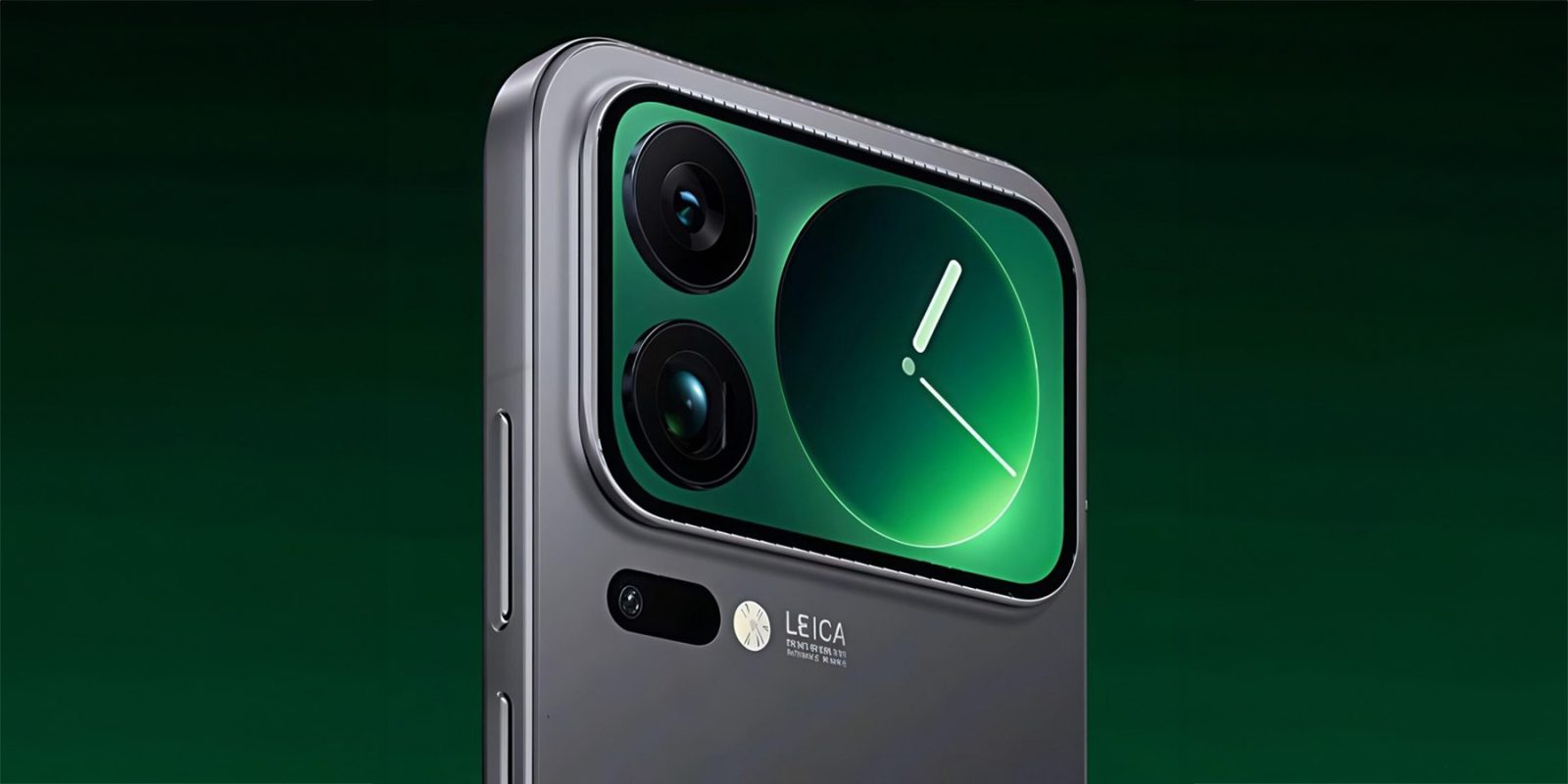In the ever-evolving landscape of smartphone technology, Xiaomi has consistently positioned itself at the forefront of innovation. The recent unveiling of the Xiaomi 17 series—comprising the Xiaomi 17, 17 Pro, and 17 Pro Max—has not only showcased the company’s dedication to cutting-edge design but also signaled a firm commitment to integrating rear displays into its future devices.
The Xiaomi 17 Series: A Paradigm Shift
The Xiaomi 17 series has made a significant impact in the Chinese market, introducing a design that seamlessly blends aesthetics with functionality. Drawing inspiration from Apple’s design language, Xiaomi has incorporated a distinctive rear display positioned above the camera array, setting its devices apart in a crowded marketplace.
A Closer Look at the Rear Display
The rear display, a 2.66-inch OLED panel, offers users a range of functionalities:
– Personalized Wallpapers: Users can customize the rear screen with images or animations, adding a personal touch to their devices.
– Dynamic Notifications: Essential alerts and notifications are displayed on the rear screen, allowing users to stay informed without engaging the primary display.
– Media Controls: The rear display provides intuitive controls for music and video playback, enhancing the user experience.
– Gaming Capabilities: With the addition of a specialized case, the rear screen can be utilized for gaming, offering a novel way to interact with mobile games.
This innovative feature is reminiscent of the secondary displays found on devices like the Motorola Razr 60 Ultra and the Galaxy Z Flip 7. However, Xiaomi’s implementation stands out by integrating the rear display into a non-foldable design, offering a unique user experience.
Xiaomi’s Vision for the Future
In a recent livestream, Lu Weibing, a prominent figure at Xiaomi, emphasized the company’s dedication to advancing rear display technology. He announced plans to incorporate similar rear displays in upcoming Android devices, underscoring Xiaomi’s commitment to this design philosophy. To support this vision, the company intends to increase investment in research and development, aiming to enhance the functionality and integration of rear displays in future models.
Enhancements and Updates
Xiaomi is not resting on its laurels. The company has outlined plans to introduce updates to the existing rear display features. One notable enhancement is the addition of real-time translation capabilities, which will allow users to translate text directly on the rear screen, facilitating seamless communication across different languages.
Market Reception and Impact
The market response to the Xiaomi 17 series has been overwhelmingly positive. The Xiaomi 17 Pro Max, in particular, set a new record for day-one sales, reflecting strong consumer interest and approval. Additionally, Xiaomi reported a 20% year-over-year increase in sales for its flagship series, indicating that the integration of rear displays has resonated with consumers and contributed to the company’s growth.
Historical Context: Xiaomi’s Journey with Rear Displays
Xiaomi’s exploration of rear display technology is not a recent development. The company has a history of experimenting with this feature:
– Xiaomi Mi 11 Ultra: Launched in 2021, this device featured a 1.1-inch rear display embedded within the camera housing. This secondary screen served multiple purposes, including acting as a viewfinder for selfies, displaying notifications, and showing the time. The Mi 11 Ultra’s rear display was a precursor to the more advanced implementation seen in the Xiaomi 17 series.
– Xiaomi Mi Mix Alpha: Unveiled in 2019, the Mi Mix Alpha took the concept of rear displays to an extreme with a wrap-around screen that covered almost the entire device, achieving a staggering 180.6% screen-to-body ratio. While it was more of a concept device, the Mi Mix Alpha demonstrated Xiaomi’s willingness to push the boundaries of smartphone design.
Industry Implications and Future Trends
Xiaomi’s commitment to rear displays may influence other smartphone manufacturers to explore similar designs. As the industry seeks new ways to differentiate products and enhance user experiences, features like rear displays could become more prevalent. This trend suggests a shift towards more interactive and multifunctional device designs, moving beyond traditional form factors.
Conclusion
Xiaomi’s integration of rear displays in the 17 series represents a significant step forward in smartphone design. By combining aesthetic appeal with practical functionality, Xiaomi has not only set a new standard for its devices but also signaled a broader industry trend towards innovative user interfaces. As the company continues to invest in this technology, consumers can anticipate even more advanced and versatile rear display features in future Xiaomi devices.



